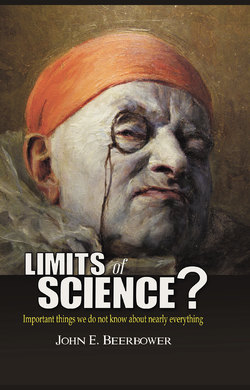Читать книгу Limits of Science? - John E. Beerbower - Страница 24
На сайте Литреса книга снята с продажи.
An example: Darwinian theory
ОглавлениеThus, one philosophical challenge to the Popperian test of falsifiability is the fact that certain theories that have been deemed to be very respectable in the scientific community do not lend themselves to disproof by experimentation, because they are not readily usable to predict specific future events.28 These theories have achieved their success largely through their apparent power to explain the past. Probably the most widely known example is Darwin’s theory of natural selection, which has been an impressive tool in generating explanations for the emergence and success of various characteristics among living organisms. Related and similar theories are utilized in the social sciences, particularly in micro-economics. (Of course, the parallels between the models of competition in the marketplace and competition in the natural world are obvious. Indeed, the underlying model or explanatory paradigm emerged almost simultaneously in biology, with Darwin and Wallace, and in economics, with Adam Smith, all three certainly influenced by Thomas Malthus.)29
Indeed, useful theories like the theory of evolution by natural selection do not even purport to make predictions in the normal sense of the word—for example, that such a characteristic will appear in a particular type of organism and will do so in a particular period of time. See, e.g., Toulmin, Foresight and Understanding, pp.24–5. That “flaw” is actually embedded in Darwinian theory itself.30 As also discussed below, Darwin’s theory, as generally conceived, assumes random mutations or alternations as the source of variation, which, by definition, are not predictable. What should we make of these deviations from the asserted norm for scientific theories?
